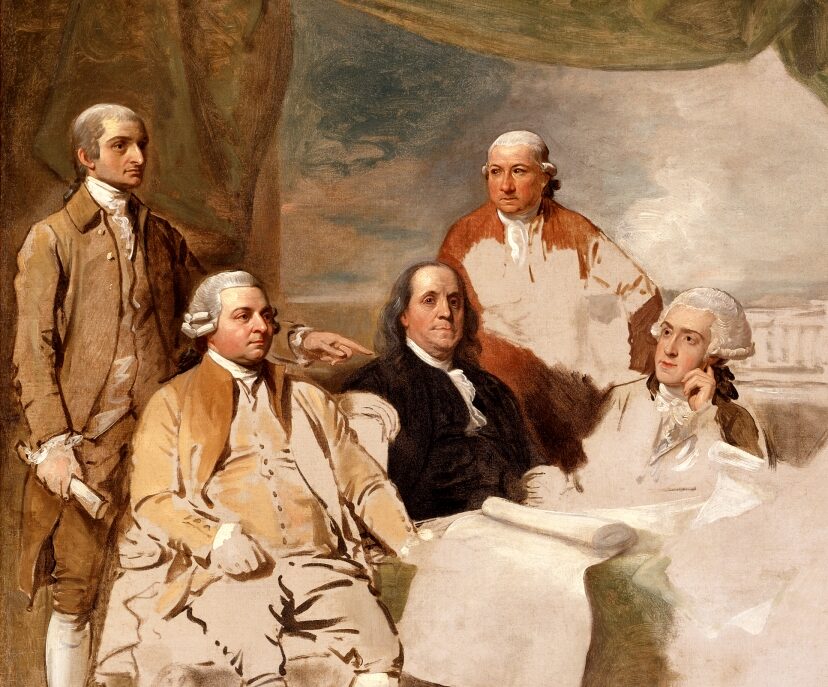“While hoping to cow Saddam into submission, the [George H.W. Bush] administration prepared, if necessary, to drive him from Kuwait with force. It imposed economic sanctions and applied diplomatic pressure but in full recognition that war might be necessary, Bush used his famous Rolodex and his personal ties with world leaders to assemble a broad coalition, including Syria, Egypt, and Saudi Arabia, to remove Iraq from Kuwait. Gorbachev was the key, and his assent left Saddam isolated. Throughout the fall of 1990, the United States mobilized in Saudi Arabia and the Persian Gulf an awesome array of air, sea, and land power, the fruits of Carter’s and Reagan’s military buildup. On November 29, it gained UN Security Council approval of a resolution authorizing the use of ‘all necessary means’ if Iraq had not left Kuwait by January 15, 1991. The possibility of war provoked vigorous opposition in the United States, a revival in many ways of the Vietnam anti-war movement. The president wisely rejected Cheney’s argument that congressional approval for war was unnecessary and might not be won. On January 12, after a heated debate suffused with reference to Vietnam, Congress endorsed the use of force to uphold the UN resolution, 250-183 in the House, 52-47 in the Senate. Drawing the wrong lessons about Iraqi military prowess from his recent war with Iran and about U.S. willingness to fight from Vietnam, Saddam remained defiant to the end.” –George Herring, From Colony to Superpower, pp. 909-10
Discussion Questions
- What lessons should policymakers draw from the coalition-building experience engineered by the Bush Administration during the First Gulf War?
- How did the First Gulf War both reshape and fail to reshape the dynamic in the Middle East?

Leave a Reply